Wladimir von Swertschkoff. About the artist
- Wladimir von Swertschkoff
- Wladimir von Swertschkoff. Painting and Graphic art
- Wladimir von Swertschkoff. Stained-glass windows
- Wladimir von Swertschkoff. About the artist
As a young man Wladimir von Swertschkoff was himself a serviceman, in fact a second lieutenant of the 21nd infantry division in Helsinki. He retired from military service in 1843 because of his passion for art and entered the St. Petersburg Academy of Arts into the studio of professor Bogdan (Gottfried) Willewalde (1818-1903), having chosen the genre of battle painting as his profession. He was dreaming about travelling to see the hostilities. That happened during the Crimean War. Swertschkoff made a number of sketches of battle scenes that he witnesses during the Crimean War, specifically the campaign of 1854 in the Baltic Sea (Russian seamen were fighting with the English and French squadron shelling Finnish towns). Several paintings and portraits of the participants of the events were created based upon these sketches. In April of 1855 an album of lithographs “Sketches of the War in Finland in 1854” created from Swertschkoff’s drawings was published in St.Petersburg.
Having started his career as a painter of battle scenes, Wladimir von Swertschkoff in the early 1850s failed twice to receive a first (gold) medal at contests at the Academy of arts by participating with the paintings from army life. Evidently in spite of his large experience gained during the creation of drawings and paintings about the hostilities in the Baltic Sea, and in the course of the Crimean War he decided not to tempt fortune for the third time. Having made the journey abroad at his own expense he turned there to depicting interiors and on coming back in 1855 he presented to the Board of Academy two paintings – “The inner rooms of Doge’s Palace” and “Scene from the Middle Ages”. For those painting he was at last awarded a first medal and a title of a painter that allowed to travel abroad for further training in Munich and Paris. Later, in Munich, he studied the techniques of painting on the glass and established his first studio in Munich, then in Schleissheim and 1873 in Florence.
He became known for his stained glasses. Among the most famous are his works in the Turku Cathedral, in the conference hall of the Academy of Fine Arts and stained glass windows on fairy tales of the Brothers Grimm in the F. K. San Gully’s mansion (St. Petersburg).
He died in Florence, July 14, 1888.


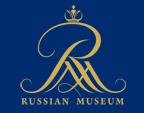






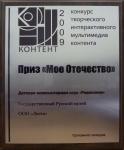

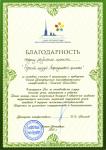
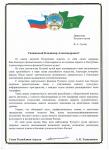
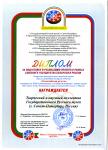






.масло, холст.123 x 96,5 cm.Фотограф Рааккель Нярхи_0.thumbnail.jpg)



